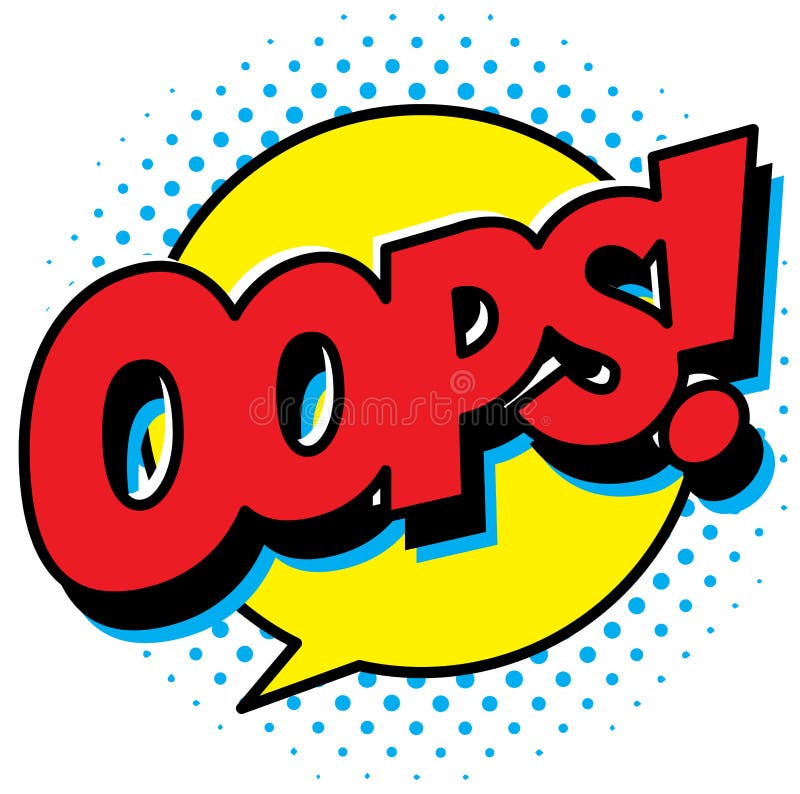Working, Uses, Pipelines, and Features. Browser Statistics Read long term trends of browser usage. Retrieved 14 October Suggest Changes. Post the Definition of oops to Facebook Facebook. Wikibooks has a book on the topic of: Object Oriented Programming. The strategy is advantageous for collaborative development when projects are divided into groups due to the organization of object-oriented software. Procedures and variables can be specific to either the class or the instance; this leads to the following terms:. Additionally, you can modify already-existing objects to create new ones. Accessed 26 Feb. Browse oomph. Download as PDF Printable version. Object Oriented Software Engineering. See also: Object-oriented design.


In a market, a person will act like a customer; in a school, a person will act like a student; and in a home, a person will act like a son or daughter. This paradigm represents a system that interacts with actual items in real life — such as the user. See More: What Is Serverless? Instead, they store everything as objects. In OOP, a method is a procedure connected to a message and an object. Retrieved 13 September Procedural programming is about writing procedures or methods that perform operations on the data, while object-oriented programming is about creating objects that contain both data and methods. Modular programming support provides the ability to group procedures into files and modules for organizational purposes. The word in the example sentence does not match the entry word. Some languages have special support for other concepts like traits and mixins , though, in any language with multiple inheritance, a mixin is simply a class that does not represent an is-a-type-of relationship.
Java Methods
Class Z extends Class Y. There have been several attempts at formalizing the concepts used in object-oriented programming. Recent Examples on the Web But when her paramour and his oops wife turn up dead, Vera ends up at the center of a murder investigation and eventually something far more sinister. Encapsulation Binding or wrapping code and data together into a single unit are known as encapsulation. In this page, we will learn about the basics of OOPs. Probably the most commercially important recent object-oriented languages are Java , developed by Sun Microsystems , as well as C and Visual Basic. It is crucial since it prevents you from performing the same task more than once. For example: to convince the customer differently, to draw something, for example, shape, triangle, rectangle, etc. Why is multiple inheritance not supported in Java? For example, during an ATM operation, we only answer a series of questions to process the transaction without any knowledge about what happens in the background between the bank and the ATM. Actor-based Automatic mutual exclusion Choreographic programming Concurrent logic Concurrent constraint logic Concurrent OO Macroprogramming Multitier programming Organic computing Parallel programming models Partitioned global address space Process-oriented Relativistic programming Service-oriented Structured concurrency. Peter Seibel, ed. See more words from the same year. Nearly all developers employ the core programming paradigm known as object-oriented programming at some point in their careers. Love words?
Oops Definition & Meaning - Merriam-Webster
- Reusing software also reduces the price of development.
- Take the quiz.
- Let us discuss some frequently used important terminologies:.
- During the late s and s, object-oriented programming rose Oops prominence.
In this page, we will learn about the basics of OOPs. Object-Oriented Programming is a paradigm that provides many concepts, such as inheritance , data binding , polymorphism , etc. Simula is considered the first object-oriented programming language. The programming paradigm where everything is represented as an object is known as a truly object-oriented programming language. The main aim of object-oriented programming is to implement real-world entities, for example, object, classes, abstraction, inheritance, polymorphism, etc. Object means a real-world entity such as a pen, chair, table, computer, watch, etc. Object-Oriented Programming is a methodology or paradigm to design a program using classes and objects. It simplifies software development and maintenance by providing some concepts:. Any entity that has state and behavior is known as an object. For example, a chair, pen, table, keyboard, bike, etc. It can be physical or logical. An Object can be defined as an instance of a class. An object contains an address and takes up some space in memory. Objects can communicate without knowing the details of each other's data or code. The only necessary thing is the type of message accepted and the type of response returned by the objects. Example: A dog is an object because it has states like color, name, breed, etc. A class can also be defined as a blueprint from which you can create an individual object. Class doesn't consume any space.
Programmers feel like working with real-life entities or objects. Object-oriented programming is a programming paradigm that brings together data and methods in Oops single entity called object, Oops. This promotes greater understanding as well as flexibility and maintenance of code over a long period of Oops. Java requires a software platform for its compiled programs to be executed. Oracle and Android SDK are a few examples of the software platforms on which Java executes its programs.



Oops. Java OOPs Concepts
As the name suggests, Oops, Object-Oriented Programming or OOPs refers to languages that use objects in programming, Oops use objects Oops a primary source to implement what is to happen in the Oops. Objects are seen by the viewer or user, performing tasks assigned by you. Object-oriented programming aims to implement real-world entities like inheritance, Oops, hiding, polymorphism etc. The main aim of OOP is to bind together the data and the Oops that operate on them so that no other part of Oops code can access this data except that function. Let us discuss prerequisites by polishing concepts of method declaration and message passing. Starting off with the method declaration, Oops, it consists of six components:, Oops. Message Passing : Oops communicate with one another by sending and receiving information pampersy pampers newborn each other. A message for an object is a request for execution of a procedure and therefore will invoke a function in the receiving object that Oops the desired results. Message passing involves specifying the name of the object, the name of the function and the information to be sent. Now that we have covered the basic prerequisites, we will move on to the 4 pillars of OOPs which are as follows. But, let us start by learning about the different characteristics of an Object-Oriented Programming Language.
Recommended Reads
Object-oriented programming OOP is a programming paradigm based on the concept of objects , [1] which can contain data and code : data in the form of fields often known as attributes or properties , and code in the form of procedures often known as methods. In OOP, computer programs are designed by making them out of objects that interact with one another. Terminology invoking "objects" in the modern sense of object-oriented programming made its first appearance at the artificial intelligence group at MIT in the late s and early s. Alan Kay, [1]. Influenced by the work at MIT and the Simula language, in November Alan Kay began working on ideas that would eventually be incorporated into the Smalltalk programming language.
Please Login to comment


In it something is. Earlier I thought differently, I thank for the information.
Thanks for the help in this question.